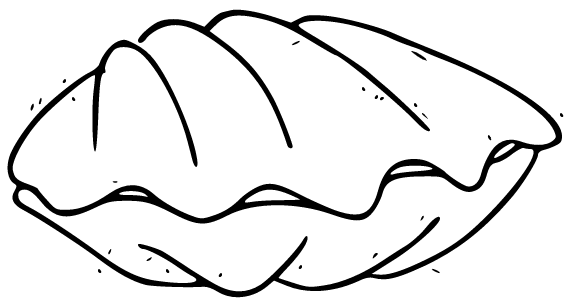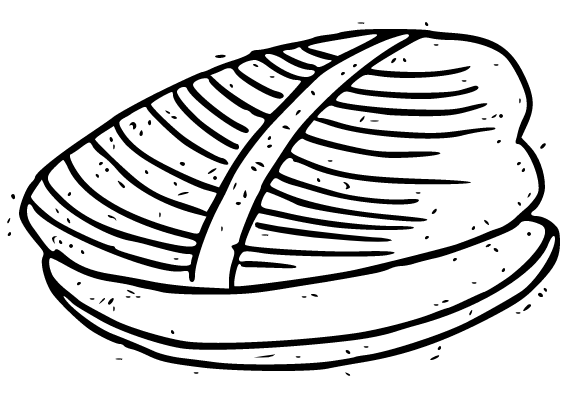-

-
The Discerning Mollusk's Guide to Arts & Ideas
-


How I Killed the Universal Man
Thomas Kendall
Whisk(e)y Tit, December 2023
FArtists were … infectious agents of capital, inadvertently killing the poor, cocooning them in impossible pleasure and debt.
or some time, I’ve been troubled by an inability to write anything about the present moment. I find it extremely difficult to really think about this moment with all of its manifold, interlocking issues. It is easy to be dizzied by all of these problems, let alone sit down and organize those thoughts into something creative or even intelligible. Thomas Kendall’s How I Killed the Universal Man proves that it is possible, though. This is the most ‘now’ book I’ve ever read. But now I have to explain what it’s about. A video game, I guess. A.I. Global warning and the death rattle from our natural world. Commercialism as antecedent, the Industrial Revolution as harbinger. Determinism and free will. Corporate personhood. Refugees. Ambiguous and amorphous identity. Motherhood. Raves. Raving. The separation between body and mind. It’s about all of our problems right now and it’s a glance into our immediate future.
The book follows young John Lakerman, a journalist working for donkeyWolf, a Vice-esque online media brand. His work brings him to a scorched Miami to investigate a new designer drug. The drug, Noumenon, is laced with biotechnology. Noumenon does sound like a name for a drug but it’s also an idea from Kant, which is defined as a thing as it is in itself, rather than a thing experienced or able to be known. Kant places God and the soul as examples of noumenon. I also like the phonemical new-men-on—which implies one becomes something different on the drug.
I’ve always been disappointed by life, at its failure to communicate experience. … the stock intelligibility of gesture and language.
All of the names seem to carry more meaning. Dr. Kenneth Marker (like biomarker?), one of the scientists who developed the drug, leaked its chemical makeup online and then disappears. When John test the drug on himself for his article, he is given the first dose by Dr. Andrea Christoff. John is given a Matrixian choice between snorting or injecting Noumenon, though either way he moves towards a more complex understanding of reality. As he gets high, he says “I want to know that beauty is something my body can do.” Afterwards, in his continued research on Noumenon, John discovers that the company that made Noumenon is bought out by a tech company Phenom Games that manufacturing augmented/alternate reality games, including one called How I Killed the Universal Man. Kendall points out to us directly the connection between Phenom(enal) Games, which we use to experience meaning, and the Noumenon drug, which we use to connect to the intangible parts of ourselves. The head developer of Phenom Games is Trevor Orschach, who name evokes Rorschach tests and how we seek patterns in the abstract, which is what all story telling is at its heart—finding patterns so we can attach meaning.
His article on the drug reaches some success and his editor asks him to write another article on a woman accused of data mining the dead named Dr. Mary Trustin. Trustin happens to look exactly like Dr. Andrea Christoff. The name Mary carries quite a bit of weight in Christian circles and the two names together become Trust in Christ off. Indeed, John’s story is a take, albeit a strange one, on the allegorical Christ. Mary tells him she’s trying to understand PRO (programmed robotic organisms) that grow like cancer and destroy their hosts—in the hospital he sees evidence of this in a man whose heart morphs into a giant clitoris and another whose head grows another face on the back like a “clumsy Janus” (the god of beginnings). She tells John that there is a correlation between the drugs and gamers.
AI would turn out to be profound though crucially unconscious of its own meaning, while the human would be absurdly meaningless and exhaustingly self aware.
The entire novel is set in the near-future and it is easy to imagine this world where we wear our iPhones internally. Where we live online and it’s possible to not see ‘an embodied human’ for weeks on end. There are corporations like UbIQ that have CEOs searching to colonize the Moon, which would seem laughable even a few years ago. Where drugs, which used to carry a revolutionary or pagan element to them, now are monetized and popularized into a performative and sterile ritual controlled by big Pharma. Where benevolence to the poor and marginalized mask more sinister corporate motivations related to experimentation, addiction and ultimately profit margins.
Trevor rose to fame after developing a game wherein “[t]o ‘win’ the game one had to argue oneself out of suicide which was apparently impossible.” This notion of not wanting to be human or alive or yourself and wanting to escape into machine is repeated through nearly all of the characters in the novel. By people searching for meaning in machine-generated content, we are turning the ghost in the machine on its ‘head’. Kendall writes that:
[e]veryone… knew identity was incoherent, reductive and fundamentally unstable, a series of nodal point in a complex and interrelated network the scope of which was too fraught to ever really cohere or integrate enough into an ‘individual’. … [T]his castrated individualization had led to the burnt nerve ending of the earth, environmental collapse, commodified nihilism.
Trevor also develops the eponymous game about the Universal Man, which is an AI that has all human history in its memory banks but no complex understanding of love or joy or beauty. It is literally the embodiment of all our AI fears—something wholly ‘unhuman’ but uncanny valley enough to deceive us since it is made from human byproducts of history and technology. At one point, even Trevor eventually admits that all he is capable of communicating in regard to the players’ thoughts is “roughly the equivalent of a smiley-face emoticon.” In other words, everything that a machine translates of a human emotion or thought is only a veneer to the actual thought itself.
This novel is incredibly inventive and smart, a philosophical, kaleidoscopic, surreal and bewildering whirlwind. It made me think more deeply about modern life in ways that no other book has. Like a present-day Huxley, Kendall makes a sweeping assessment of the contemporary world and, while grim, there still seems to be some hope. How I Killed the Universal Man sees us as moving from the anthropocene to the logocene, and Miami is perfect for this new dystopia where thoughts and meaning can be commodified in ways we’ve never experienced before. I’m not sure if choice is only an illusion in a programmed reality. It seems like it must be if someone or something or some machine chooses the consequences of your actions. But John seems to possess the ability to be or become our only begotten son, a corporeal savior with Stomata instead of stigmata, emotions rather than algorithms. If people need a “semblance of a narrative if they [a]re to survive,” then the writer is potentially the only one who can save us from complete nothingness. Or, I suppose, the writer could be the one steering us straight into a sun of their own making. I’m not sure. All I really want to know—what could the name Lakerman actually mean?
…remember that we remain in relation to the world because of our intelligence, not despite it.

Jesi Bender is an artist from Upstate New York. She helms KERNPUNKT Press, a home for experimental writing. She is the author of KINDERKRANKENHAUS (Sagging Meniscus 2021) and The Book of the Last Word (Whiskey Tit 2019). Her shorter writing has appeared in The Rumpus, Split Lip, Adroit Journal, and others. www.jesibender.com